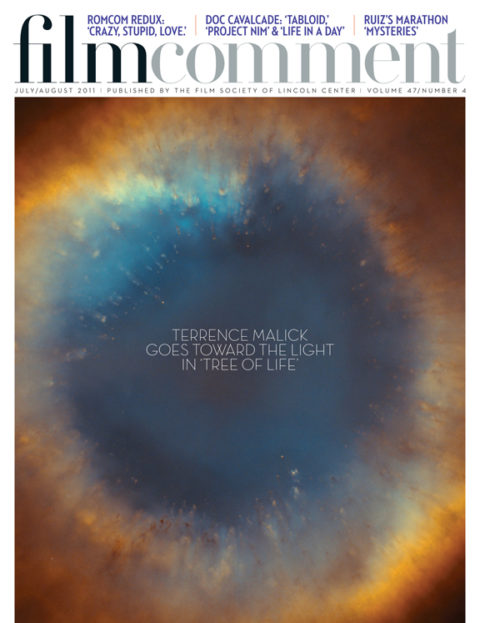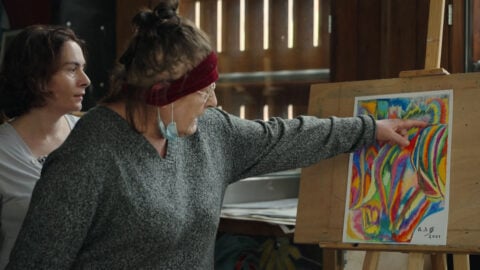
Hooked on classics, Catherine Breillat takes another fairytale for a spin, and her first step in reexamining the story of Sleeping Beauty is a logical one: what the heck did the unconscious princess dream about all that time? Her answer—bearing in mind that her protagonist is a kid when she nods off thanks to a witch’s curse—suitably features enchanted reindeer, gypsies, ice queens, beloved older brothers, ghost trains, and the stirrings of amorous longing.
Breillat’s new film largely consists of the headstrong girl’s wanderings through phantasmagorical dreamscapes, some domestic, some exotic, stirred together into a potent stew of metaphor and sensation. Breillat plays with the edges of the narrative frame as in Bluebeard, but this film is more fragmentary, a throwback to Seventies feasts of oneiric cinema. DP Denis Lenoir and production designer François-Renaud Labarthe unfurl lavish tableaux such as a dreamy ride through icy Lapland, but even the pre-slumber storybook images are striking: a bedroom filled with clocks, three fairies bathing in a spring.
Even accounting for a fidelity to the vagaries of the dreamlife—undigested imagery, unresolved desires, narrative cul-de-sacs—Breillat’s latest feels a little half-baked (though it’s admittedly hard to match the punch of Bluebeard). But even if the film’s final chapter seems far too on point, if not glib, the filmmaker continues to mine complicated psychological terrain with a clear-eyed stringency.
© 2011 by The Film Society of Lincoln Center








